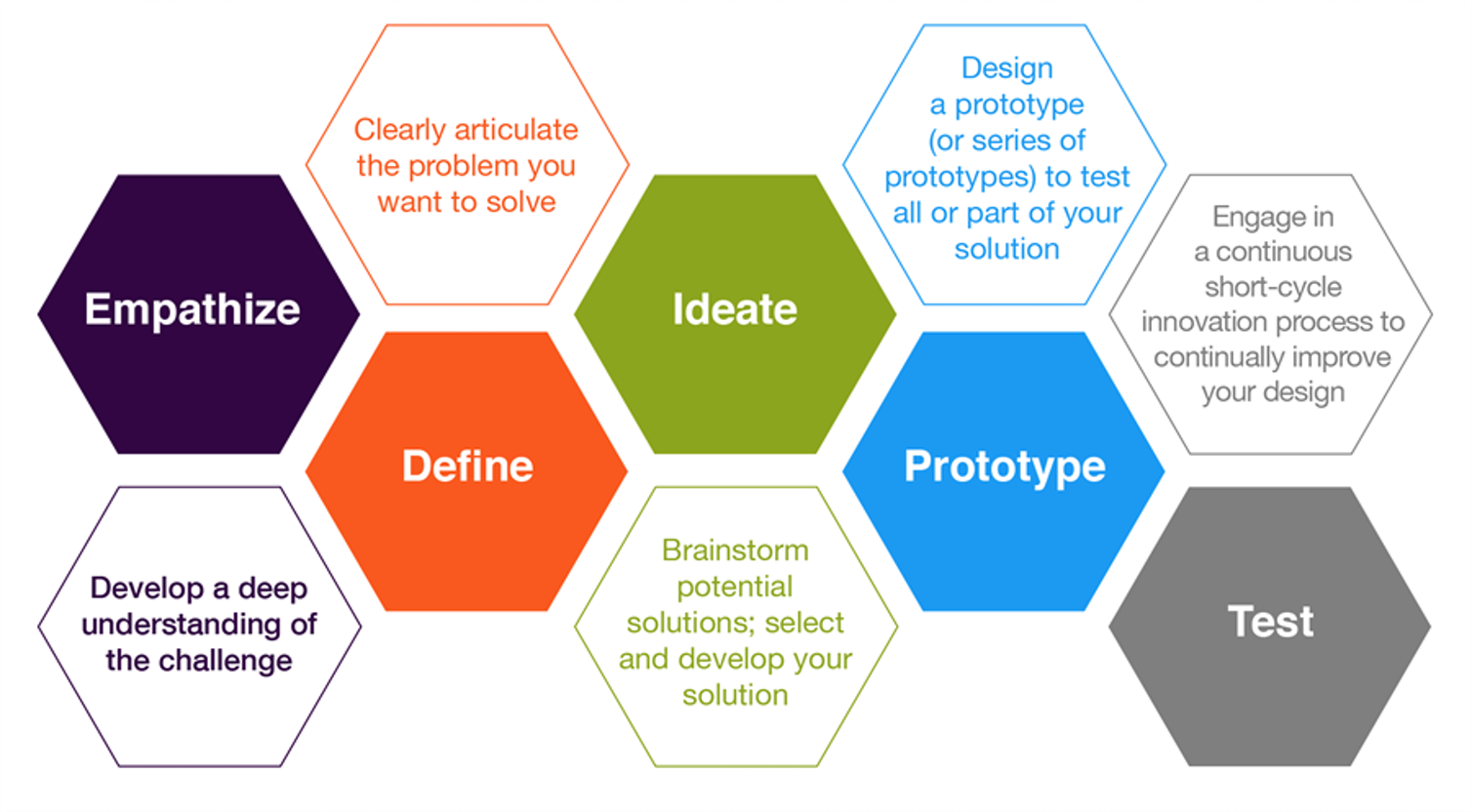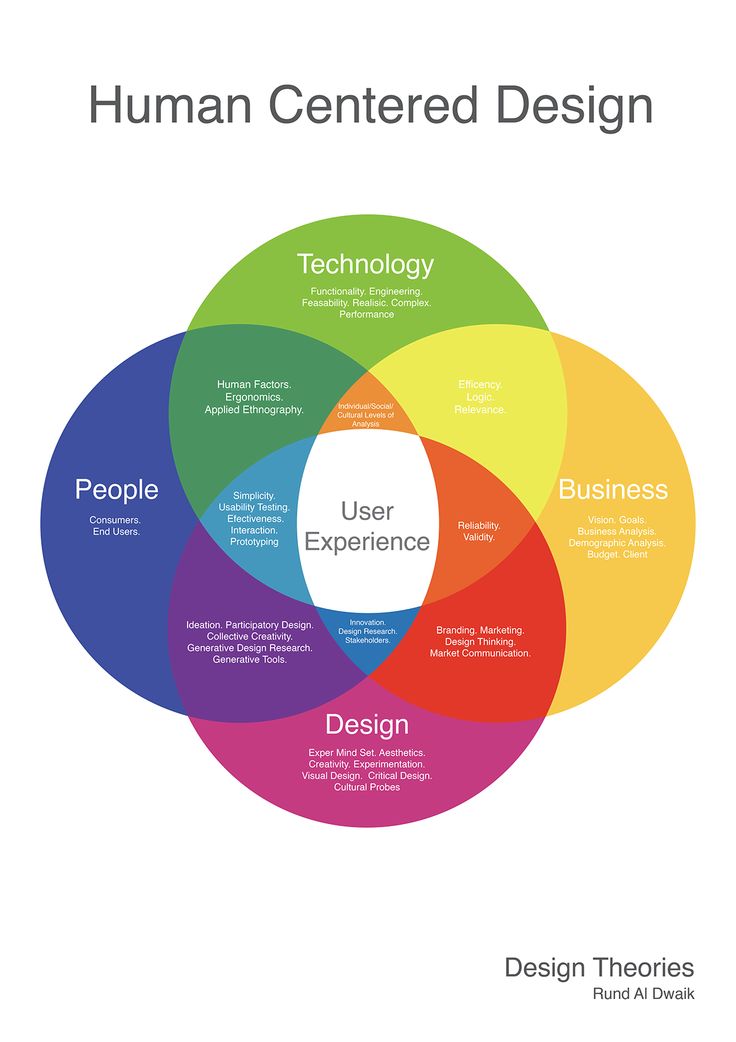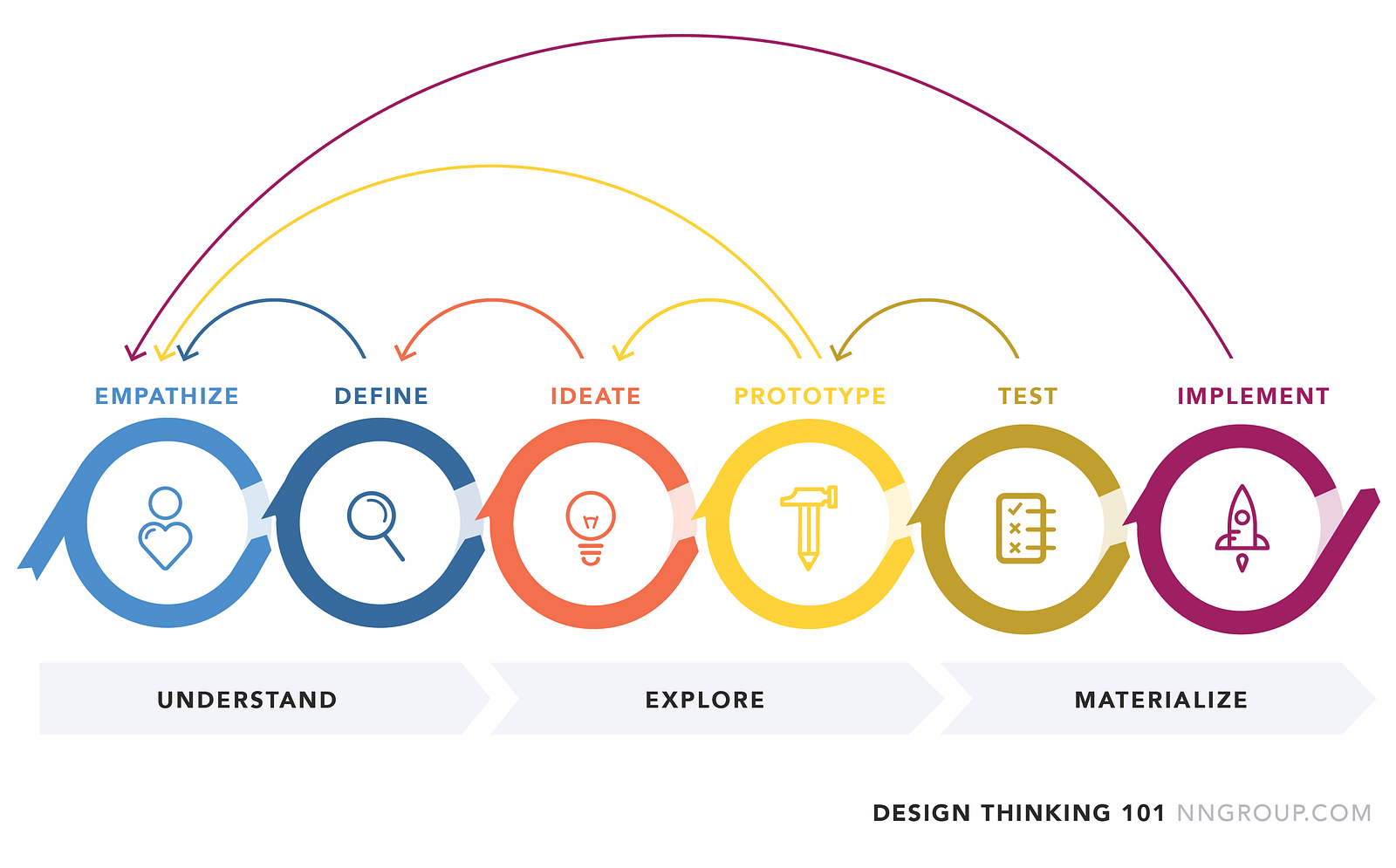Table Of Content

It's when every design element and principle comes together as one, creating harmonious flow and tranquility. Design principles are guidelines that dictate how to use the elements effectively. They help designers capture the essence and personality of the subject in aesthetically pleasing ways. Also known as "white space," this design element uses space as part of the design.
Design thinking: How a human-centered culture drives transformation success - The Enterprisers Project
Design thinking: How a human-centered culture drives transformation success.
Posted: Wed, 27 Jan 2021 08:00:00 GMT [source]
Elements and Principles of Design in Conclusion

It provides breathing room between other design elements to highlight spaciousness. Negative space is a big component in web and graphic design, creating a feeling of minimalism and simplicity. Color provides the most psychological aspect of design, as it's how most humans see reality. In design, color tells a story, sets the mood, and adds character and personality. Using forms makes artwork and designs more realistic.
Essential Elements and Principles of Design
7 essential resources for a design thinker - UNHCR
7 essential resources for a design thinker.
Posted: Fri, 23 Nov 2018 07:09:52 GMT [source]
Now, the challenge that all of these companies—and your company too, no doubt—face is to continue that innovation in order to maintain or further advance their position in their respective markets. Innovation can’t be a one-time affair; it needs to be part of the company’s DNA. Even the best ideas are wasted if you don’t implement them and learn from them for future improvements.

What Are Wicked Problems and How Might We Solve Them?
Design thinking was made for these big problems, the ones without proven solutions that require creativity and introspection to unravel. The solution — and even the actual problem itself — might be far from what you expect. Some problems are straightforward — for example “Should I cook dinner or get takeout?
The Four Phases of Innovation
Though ostensibly geared to understanding and molding the experiences of customers, design thinking also profoundly reshapes the experiences of the innovators themselves. For example, immersive customer research helps them set aside their own views and recognize needs customers haven’t expressed. Carefully planned dialogues help teams build on their diverse ideas, not just negotiate compromises when differences arise. And experiments with new solutions reduce all stakeholders’ fear of change.
Learning how to achieve unity, gestalt, hierarchy, balance, contrast, scale, dominance, and similarity will be extremely useful as you work in visual design. The elements of visual design — line, shape, negative/white space, volume, value, colour and texture — describe the building blocks of a product’s aesthetics. On the other hand, the principles of design tell us how these elements can and should go together for the best results. Many of the principles below are closely related and complement one another. Emphasis in design principles refers to intentionally highlighting specific elements to draw attention and create a focal point.
Get Weekly Design Insights
A mindset is a characteristic mental attitude that determines how one interprets and responds to situations. Design thinking mindsets are how individuals think, feel and express themselves during design thinking activities. It includes people’s expectations and orientations during a design project.
Learn More about Design Principles
Do a Google search for Design Thinking and you’ll quickly find an abundance of information that lacks clarity. In the Define stage, you will organize the information you have gathered during the Empathize stage. You’ll analyze your observations to define the core problems you and your team have identified up to this point.
Color, value, and texture are just a few ways to achieve this, but also principles such as contrast movement and proportion. Contrast creates definitions and emphasizes different elements. It can highlight differences through close association or make things stand out in juxtaposition. In this post, I'll dive deep into the core components of design. Knowing these concepts will give you an edge, whether you're a graphic designer, an aspiring artist, or a creative enthusiast.
This stage encourages divergent thinking, where teams focus on quantity and variety of ideas over immediate practicality. The goal is to explore as many possibilities as possible without constraints. Imagine you are designing a new walker for rehabilitation patients and the elderly, but you have never used one.
In the future, some seed of information will be the starting point. We call them prompts, as you guys know, and then we generate the rest of it. And so, the future of computing will be highly generated.
“Accidentally” grouping elements which are not conceptually similar will result in confused users. The app icon designs in iOS 6 and earlier mimic the glossy texture of glass to incite users to tap them. Later, Apple (in)famously introduced a linen fabric texture to much of its user interface. Illustration of visual design elements and principles that include unity, Gestalt, hierarchy, balance, contrast, scale and dominance. Design principles are guidelines, biases and design considerations that designers apply with discretion.

No comments:
Post a Comment